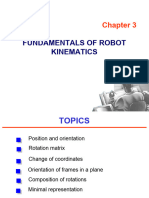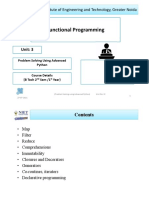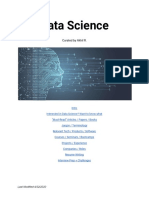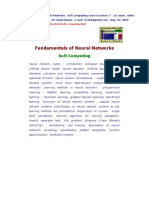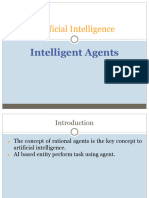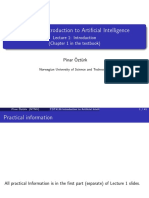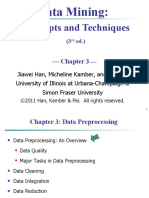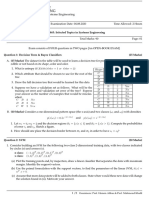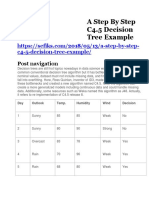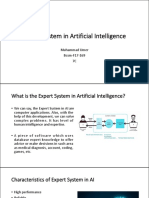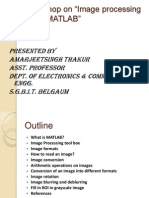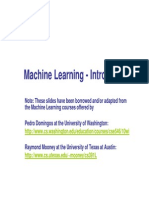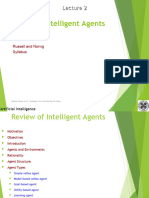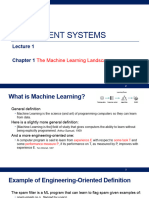0% found this document useful (0 votes)
135 views43 pagesThe Fundamentals of Machine Learning 1 PDF
The document discusses machine learning and its applications. It defines machine learning as the field of study that gives computers the ability to learn without being explicitly programmed. The document outlines different types of machine learning including supervised learning, unsupervised learning, reinforcement learning, and semi-supervised learning. It also discusses applications of machine learning such as computer vision, natural language processing, robotics, and more.
Uploaded by
Jack AtlasCopyright
© © All Rights Reserved
We take content rights seriously. If you suspect this is your content, claim it here.
Available Formats
Download as PDF, TXT or read online on Scribd
0% found this document useful (0 votes)
135 views43 pagesThe Fundamentals of Machine Learning 1 PDF
The document discusses machine learning and its applications. It defines machine learning as the field of study that gives computers the ability to learn without being explicitly programmed. The document outlines different types of machine learning including supervised learning, unsupervised learning, reinforcement learning, and semi-supervised learning. It also discusses applications of machine learning such as computer vision, natural language processing, robotics, and more.
Uploaded by
Jack AtlasCopyright
© © All Rights Reserved
We take content rights seriously. If you suspect this is your content, claim it here.
Available Formats
Download as PDF, TXT or read online on Scribd
/ 43
